While beaches, ships, and oceans fit well into the California landscape, the last thing I expected to find at Seacliff State Beach in Altos was a scuttled concrete oil tanker. Yes, you did read that correctly, the ship was made out of concrete, that heavy, friable, and not very tensile material.
So that begs the question, why would anyone build a ship out of concrete and place it in an undulating, variable environment like an ocean? The answer is timing, need, and history. World War I depleted the ready supply of steel required for shipbuilding, so the San Francisco Shipbuilding Company located in Oakland, California took a radical approach to building ships. They based their designs around the building material common on dry land…concrete.
On May 29, 1919 they launched the oil tanker S.S. Palo Alto, also know as “The Cement Boat.” The launch turned out to be ill timed as WWI ended and no one wanted the ship. It was docked in Oakland for ten years until the Seacliff Amusement Company purchased the ship in 1929 and sailed it (maiden voyage) to Aptos, California. At Seacliff State Beach, it was scuttled near shore and a long pier was then built out to the ship. The company then transformed the oil tanker into an entertainment mecca with arcades, a dance hall, gambling area, a dining room, and swimming pool. Again, timing doomed the ship’s active life. The depression ran the company out of business, and eventually the S.S. Palo Alto was stripped of its contents and metal.
In 1932 a fierce winter storm cracked the concrete hull. The company eventually sold the ship to the state of California for a $1. Now you can walk the pier out to the end where the S.S. Palo Alto is parked.
For years, people fished off the ship hull until it deteriorated so badly the state finally closed it to people.
You can see from this photo, though, that it has taken on a new life as a haven for birds. In the case of the photo below, it is covered in cormorants that dive deep into the ocean for fish.
Historic photos of the ship grounding at Seacliff can be seen at: http://bit.ly/1NIWiC1.
The S.S. Palo Alto has a sister ship, the S.S. Peralta, also an oil tanker which was launched in 1921. Over the years, it served as a sardine cannery and now acts as a floating breakwater on the Powell River. For more information on the S.S. Palo Alto or other concrete ships, these links might be of interest:
http://www.concreteships.org/ships/ww1/paloalto/
http://www.concreteships.org/ships/ww1/peralta/
If you enjoyed this post, please consider signing up to follow my blog for its posts on varied topics dealing with travel and aviation. I also have a newsletter that goes out infrequently to keep my reading fans up to date on new releases or specials I run on my award-winning action-adventure thrillers, with humor and touches of romance. Please sign up and look through my Sandy Parks website.
Thanks for stopping by. Here’s one last photo showing the pier, part of the beach, and the ship.

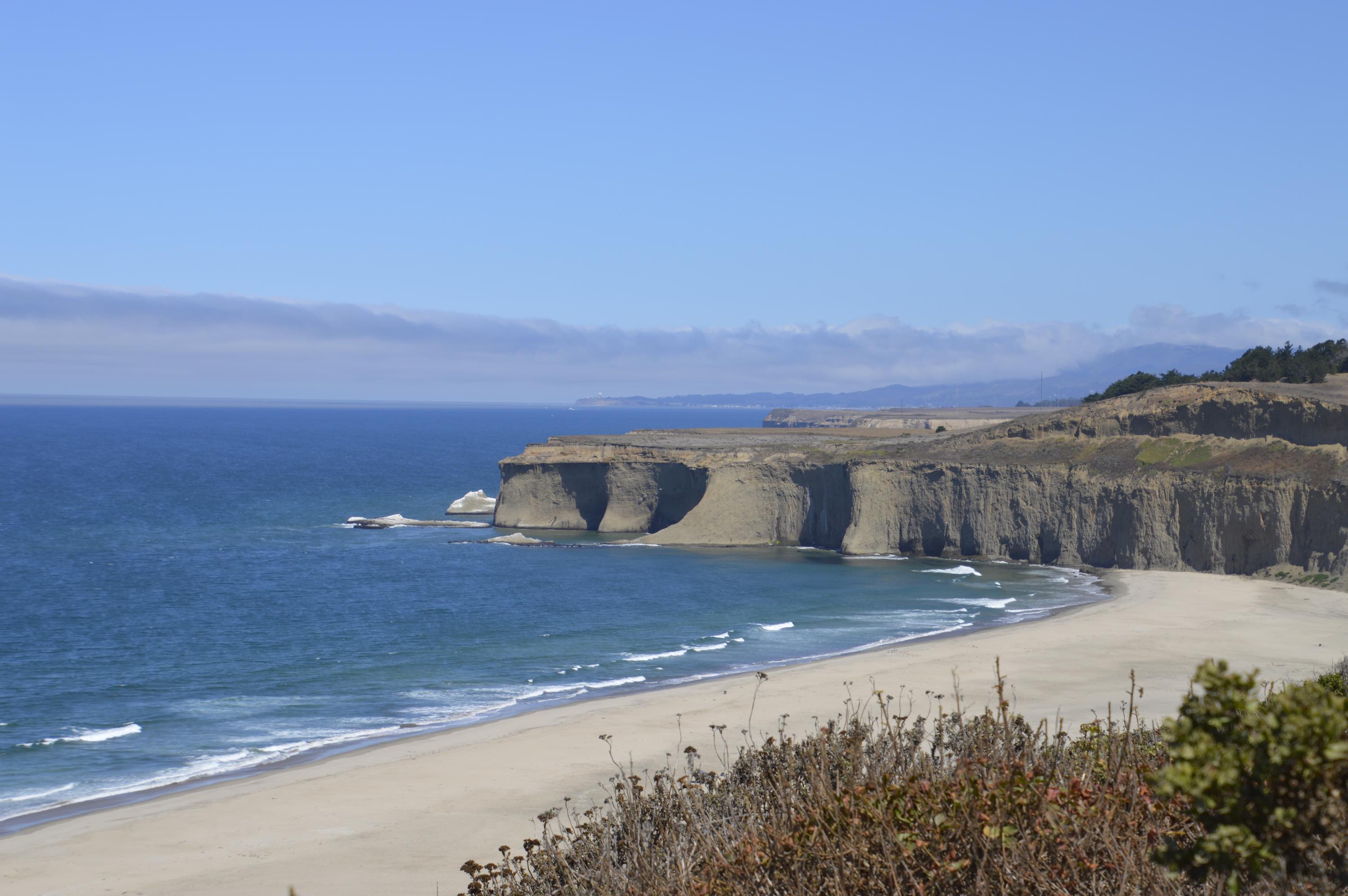
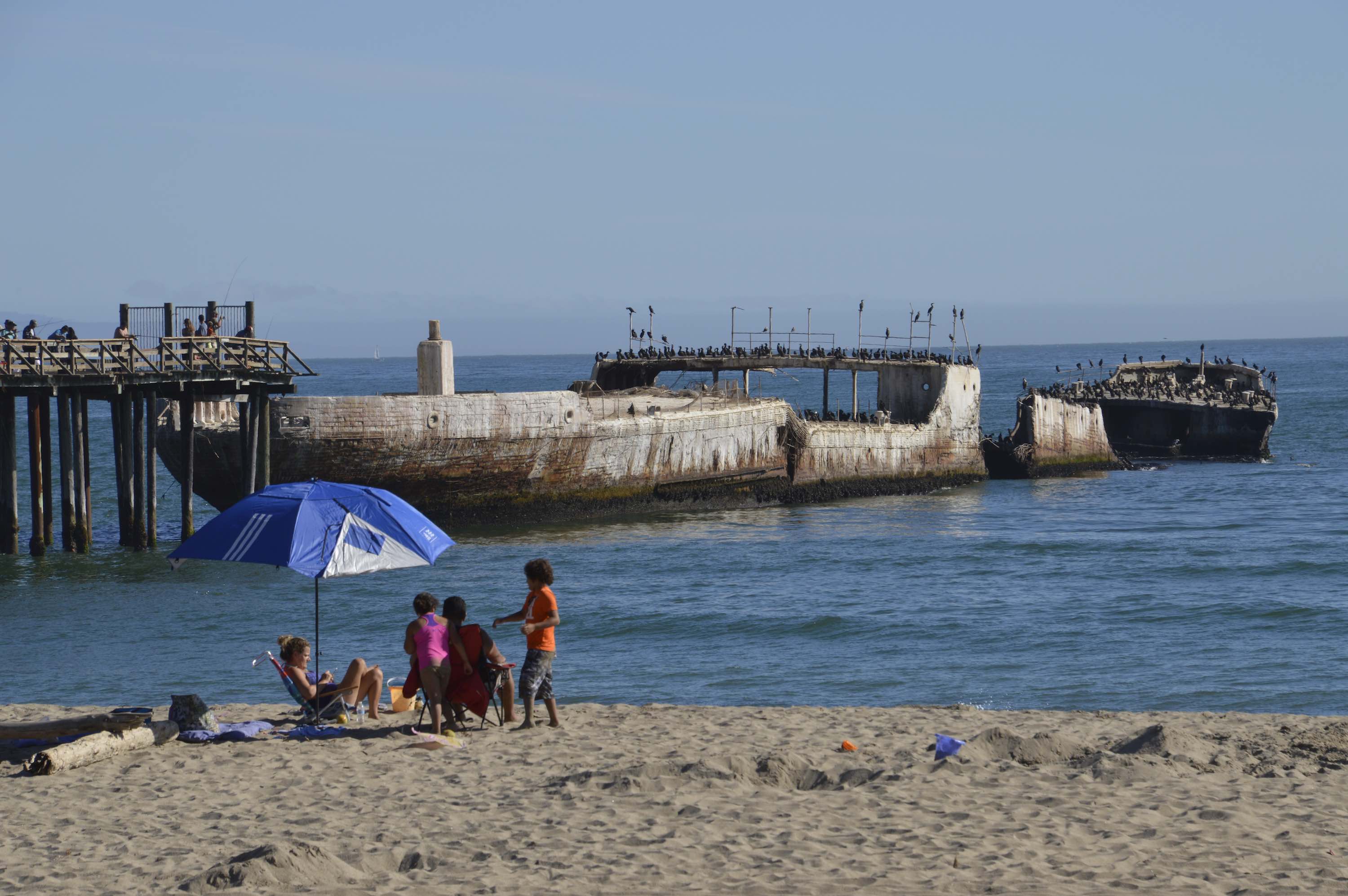
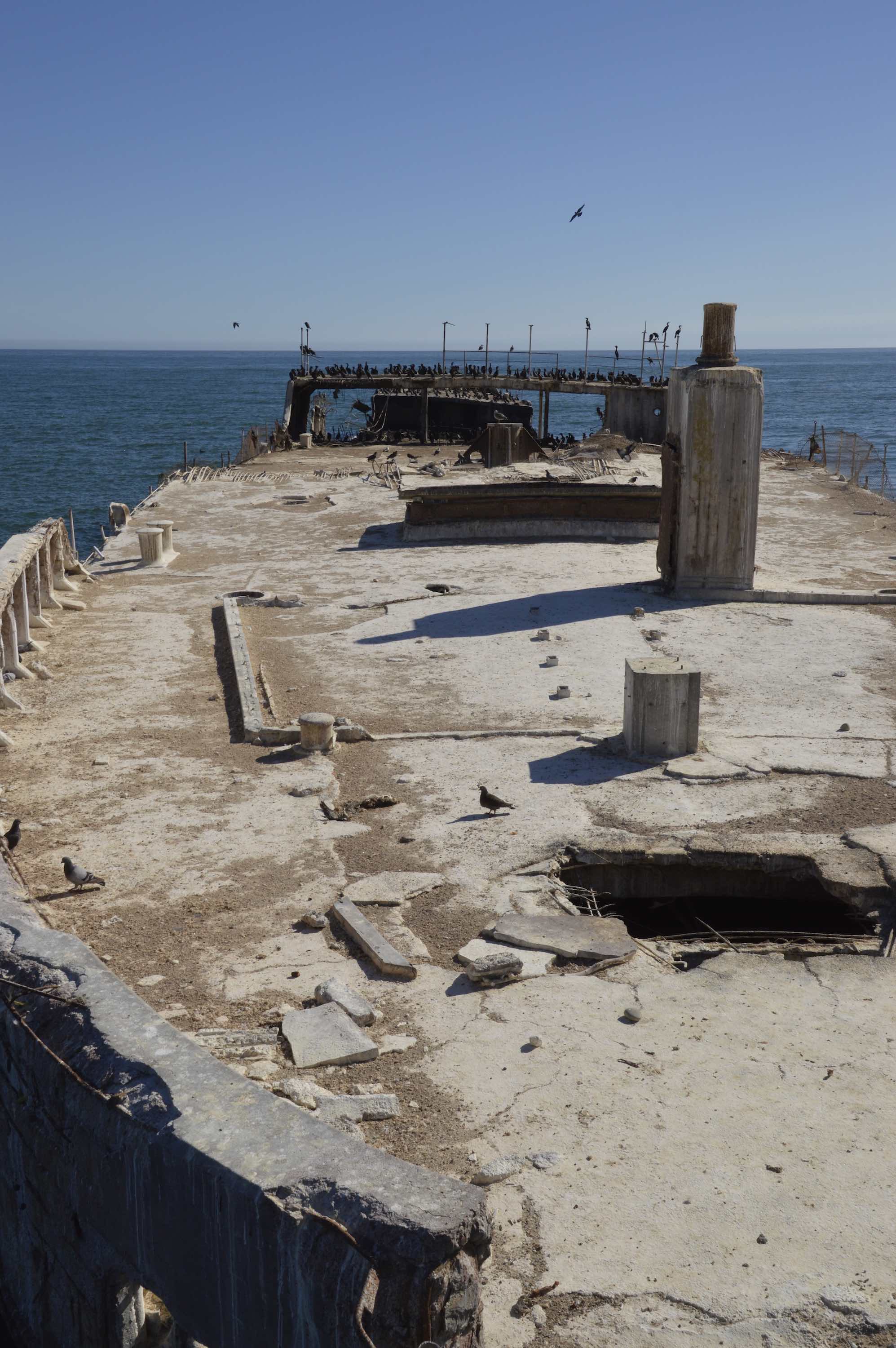
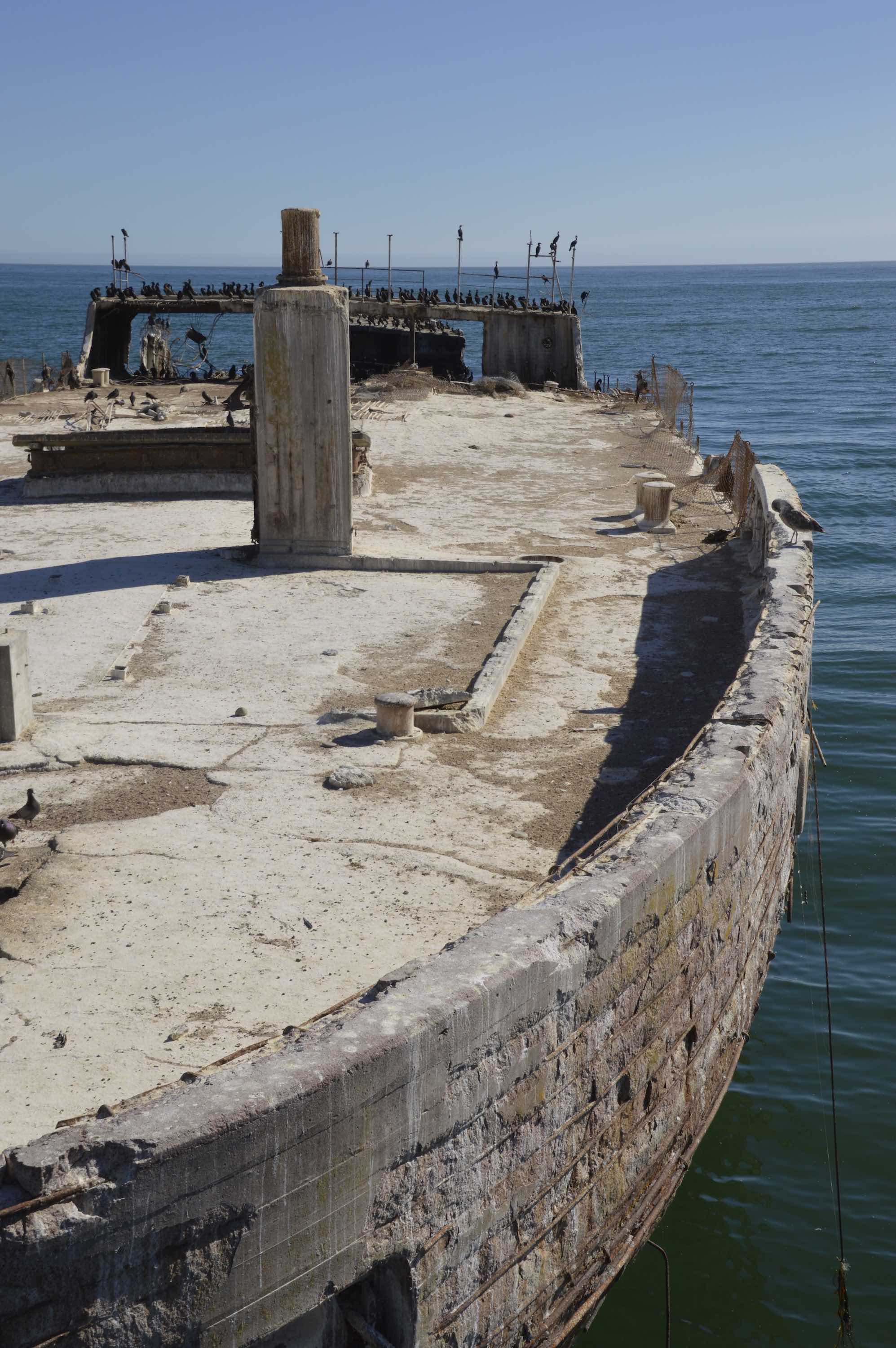
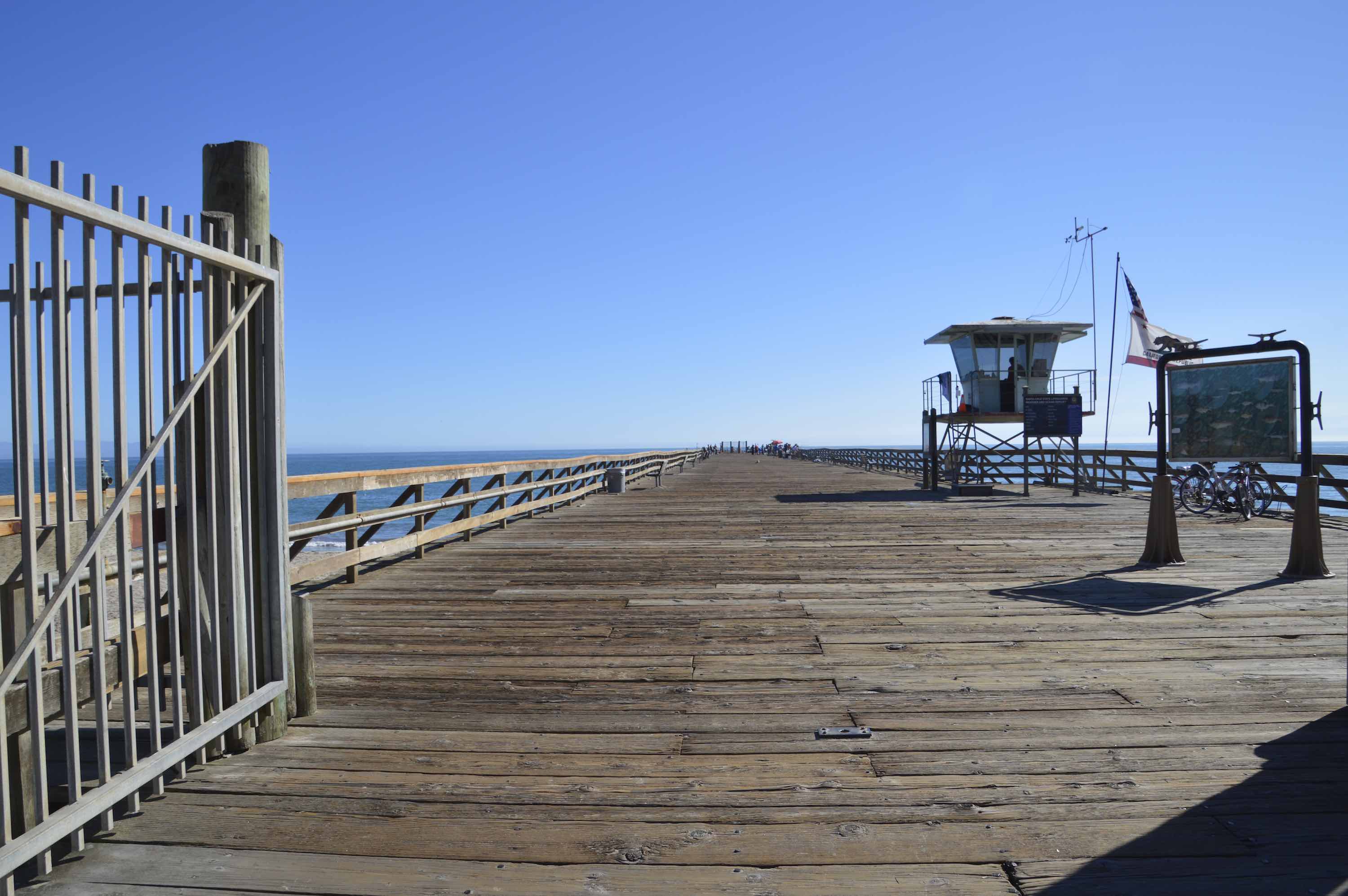
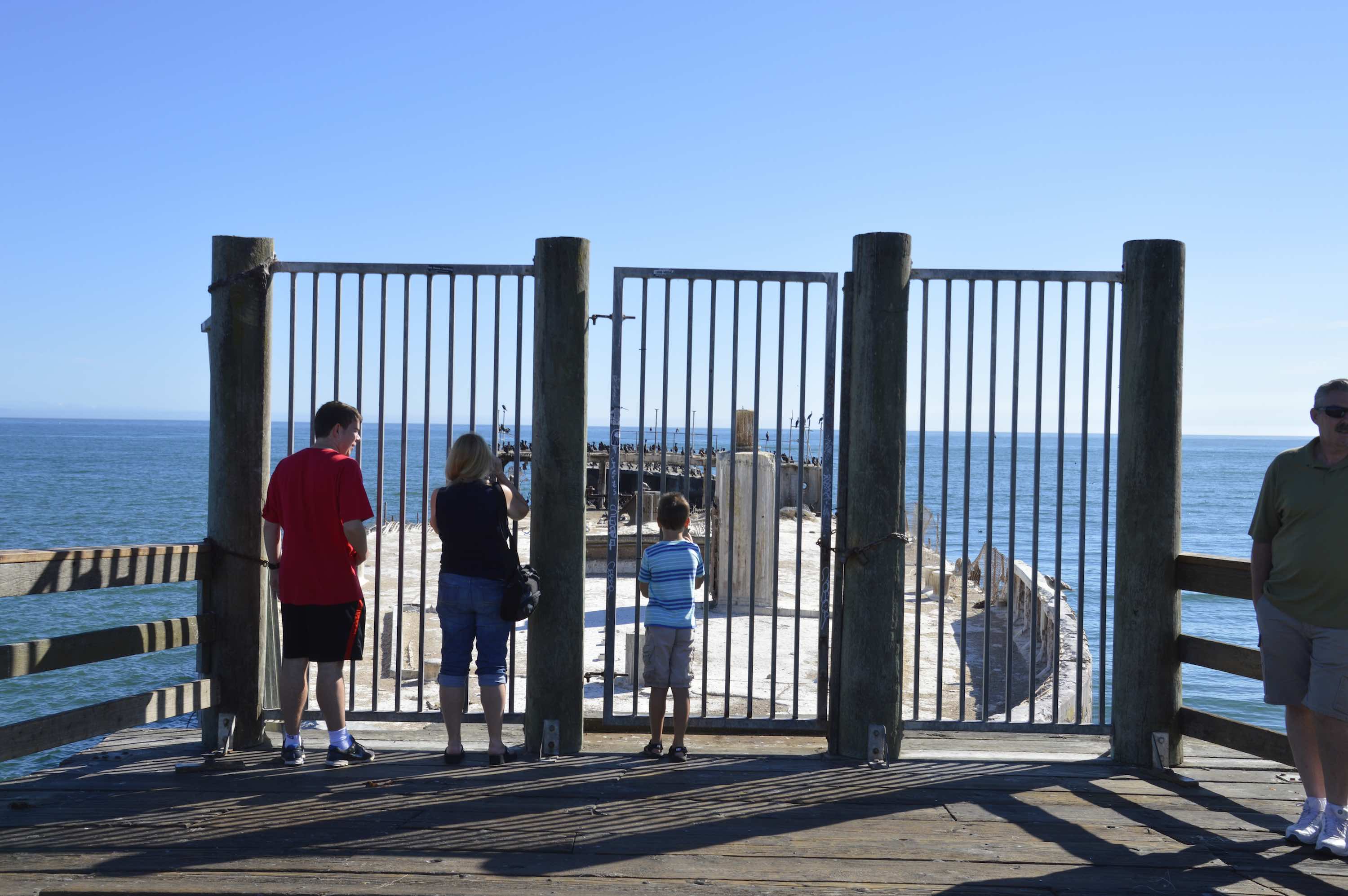
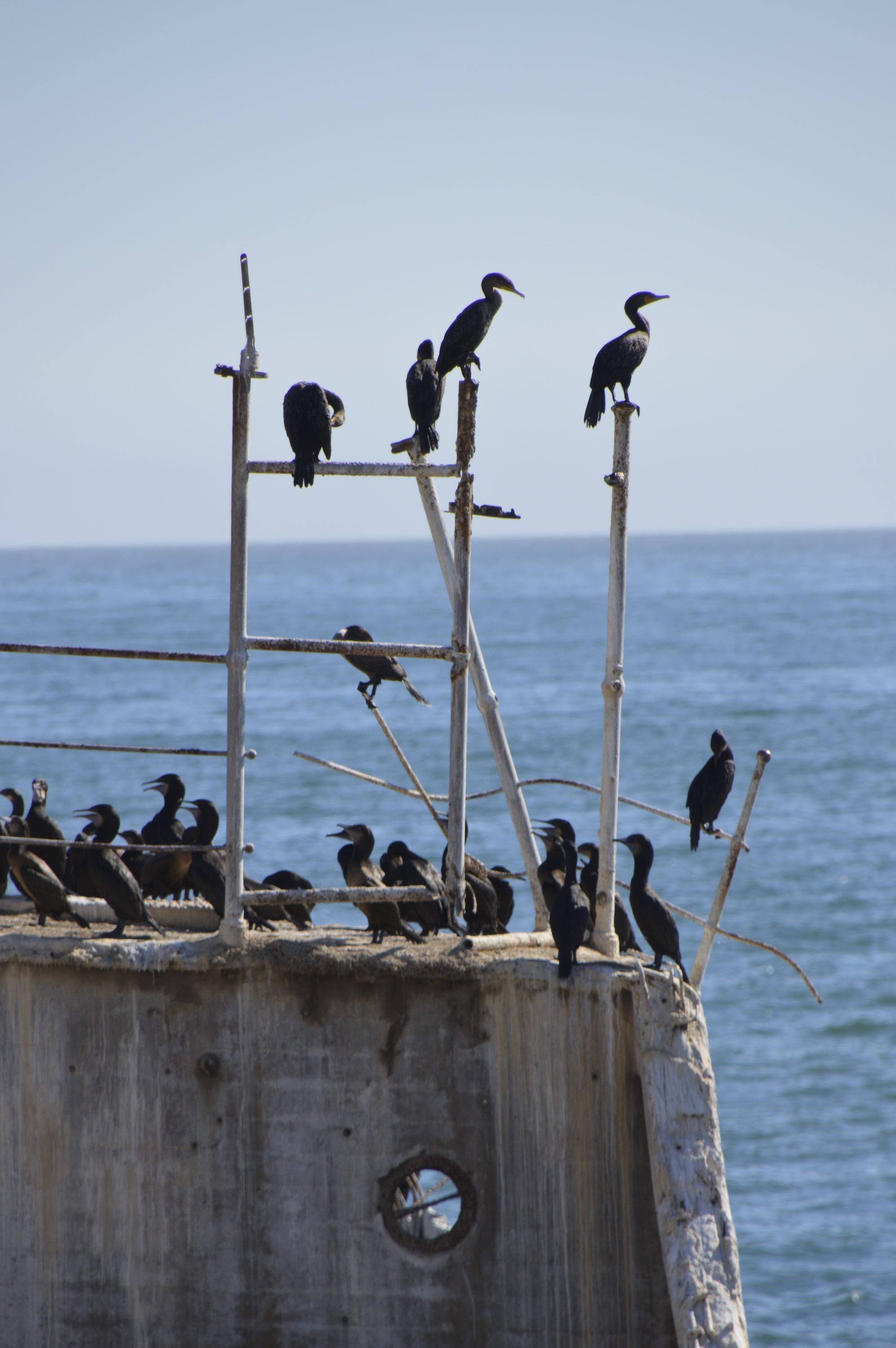
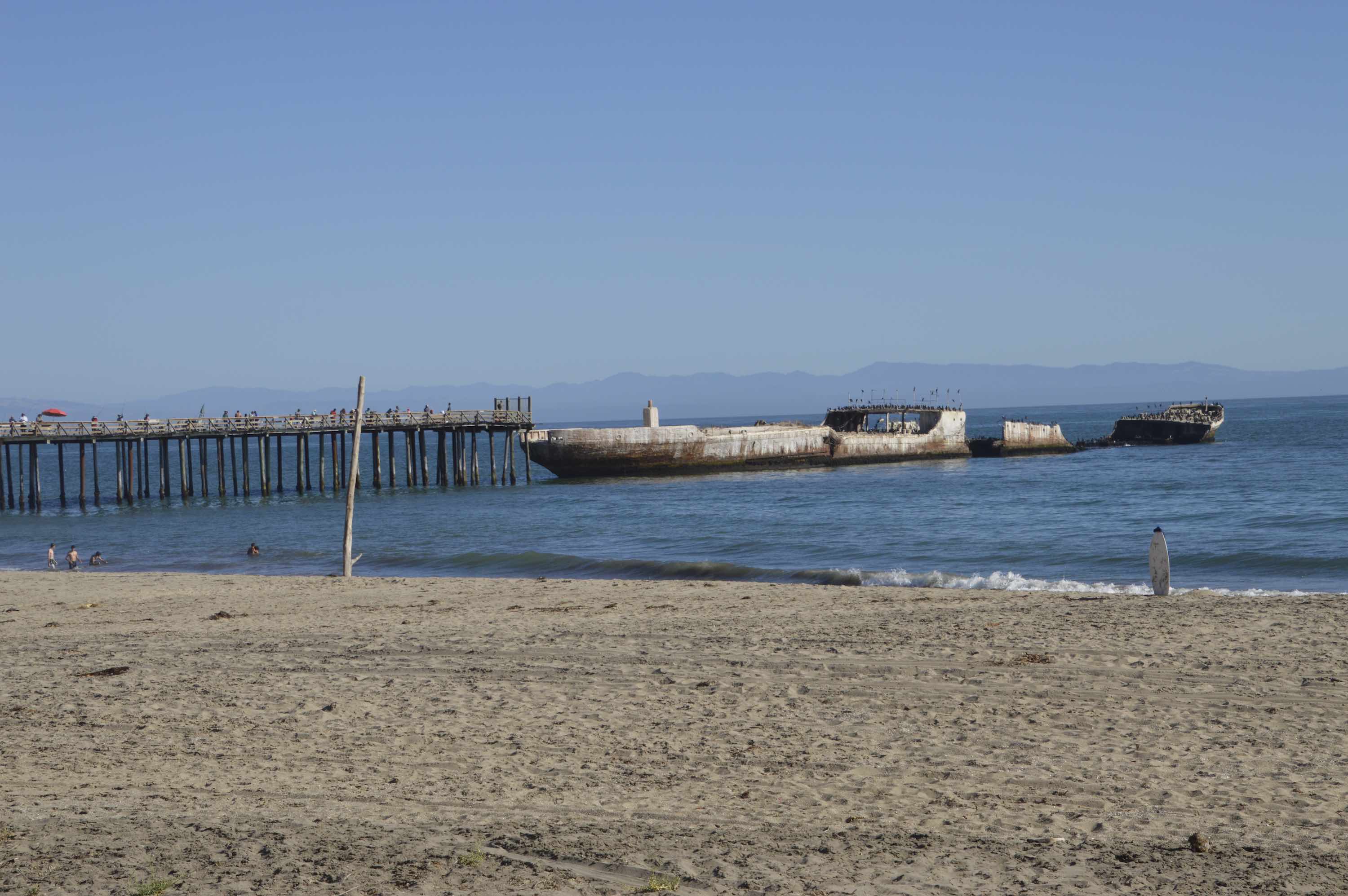
Leave a Reply